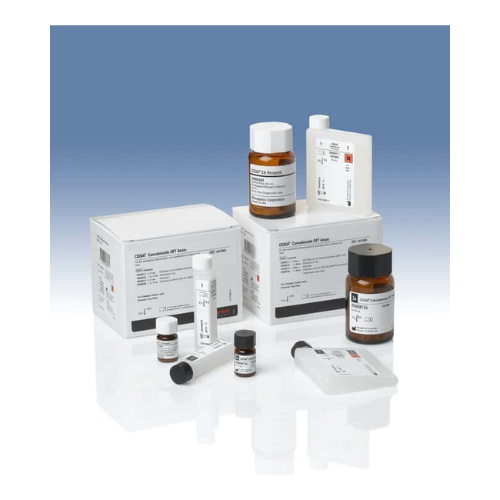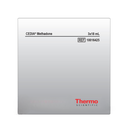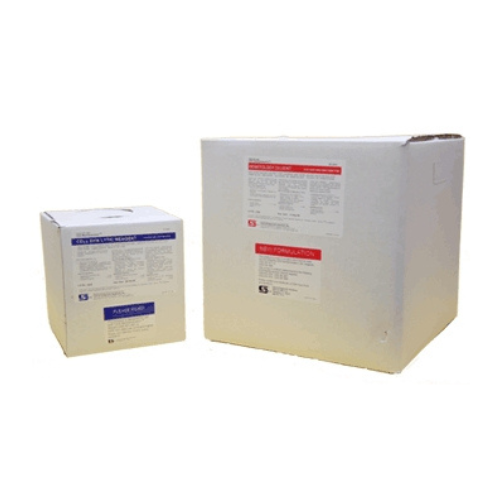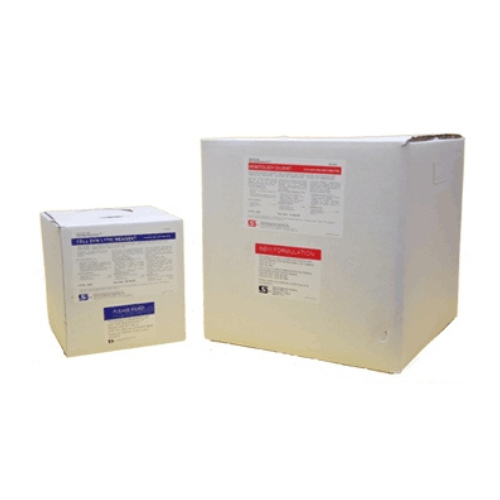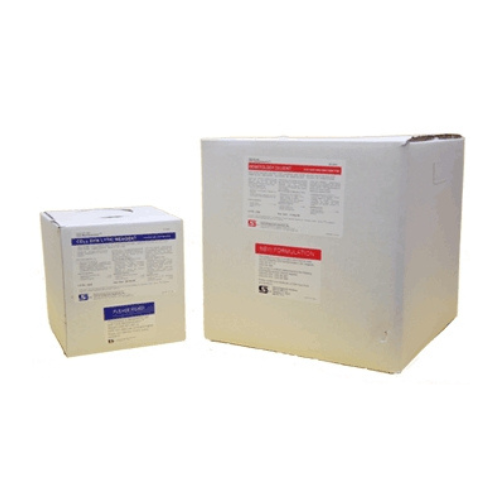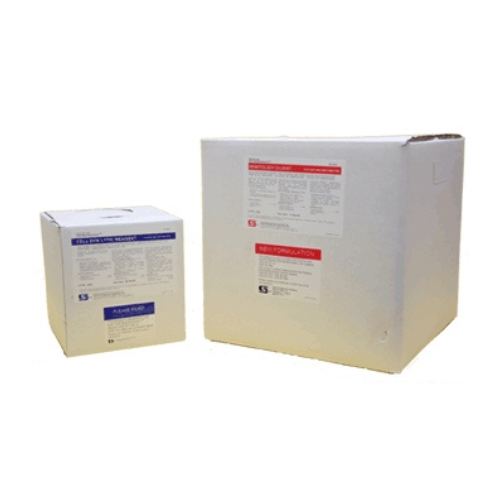For Business Use Only. Does Not Ship to Residential Addresses. For use inside an Analyzer, Sold Separately.
Thermo Kit Metd Rgt CEDIA
In Stock
Product Code: T-10016425
Manufacturer: Thermo Scientific
Shipping Weight: 2.00lbs (0.91kg)

WHY CHOOSE MYCO INSTRUMENTATION?
See Why in 2 mins.
Thermo Kit Metd Rgt CEDIA
Specifications
- Control Sets: MGC Multi-Drug Controls
- Description: CEDIA Methadone Drugs of Abuse Assay for Indiko
- Detectable Analytes: Methadone
- DoA Calibrators: CEDIA PPX/Methadone Calibrators
- Quantity: 3 x 17mL
- Storage Requirements: 2° to 8°C
Intended Use
The CEDIATM Methadone assay is an in-vitro diagnostic medical device intended for qualitative and semiquantitative assay of methadone in human urine.
Summary and Explanation of the Test
Methadone is a synthetic diphenylheptane-derivative opiate agonist which was first synthesized by German chemists during World War II. It is used as an oral substitute for heroin or other morphine-like drugs to suppress withdrawal symptoms and/or to temporarily maintain chronic relapsing heroin addicts. The pharmacological activity of methadone is very similar to that of morphine but differs in that it gives reliable effects when administered orally. Its overall abuse potential is comparable to that of morphine.
Methadone is well absorbed from the gastrointestenal tract and can be detected in plasma within 30 minutes after oral ingestion. It binds highly to tissue protein, resulting in its cumulative effects and slow elimination.
The CEDIA Methadone assay uses recombinant DNA technology (US Patent No. 4708929) to produce a unique homogeneous enzyme immunoassay system.8 This assay is based on the bacterial enzyme β-galactosidase, which has been genetically engineered into two inactive fragments. These fragments spontaneously reassociate to form fully active enzyme that, in the assay format, cleaves a substrate, generating a color change that can be measured spectrophotometrically.
In the assay, drug in the sample competes with drug conjugated to one inactive fragment of β-galactosidase for antibody binding site. If drug is present in the sample, it binds to antibody, leaving the inactive enzyme fragments free to form active enzyme. If drug is not present in the sample, antibody binds to drug conjugated on the inactive fragment, inhibiting the reassociation of inactive β-galactosidase fragments, and no active enzyme is formed. The amount of active enzyme formed and resultant absorbance change are proportional to the amount of drug present in the sample.



